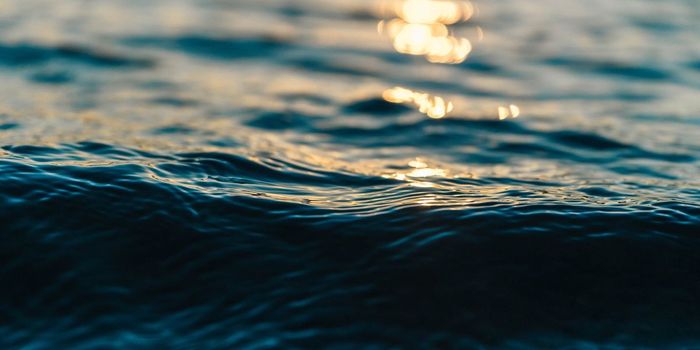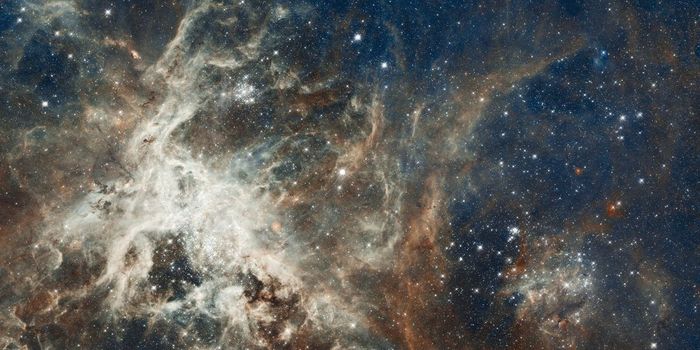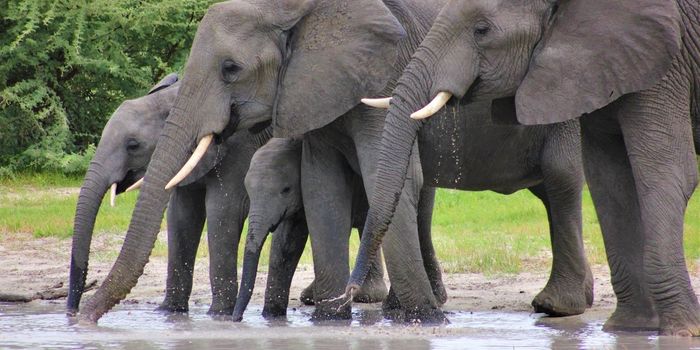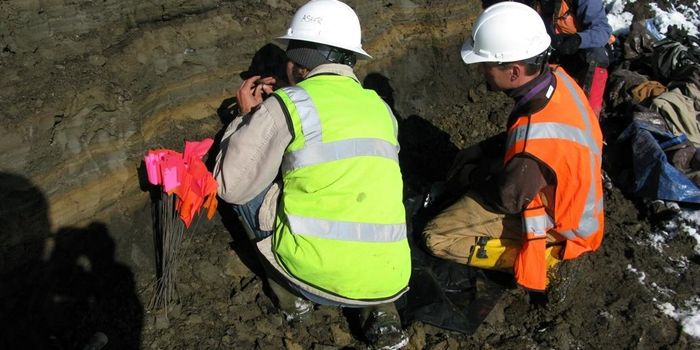The Snake River runs 1,078 miles long through the Pacific Northwest in the United States. It is the largest tributary of the Columbia River, the largest North American river that empties into the Pacific Ocean, and perhaps the most historically important salmon run in the country.
There are currently four dams along the Snake River that block the salmon from returning to their spawning grounds and completing their life cycle. This is utterly important - but not only for the salmon. Because of the paths the fish traverse - from river to ocean to river and back - salmon act as a fertilizer for the entire river ecosystem, bringing nitrogen from the ocean to the bears, eagles, and coyotes who eat them and litter their bones on the forest floors for the trees to soak in. This stimulating video provides a view on the necessity of dam removal, in particular on the Snake River.








